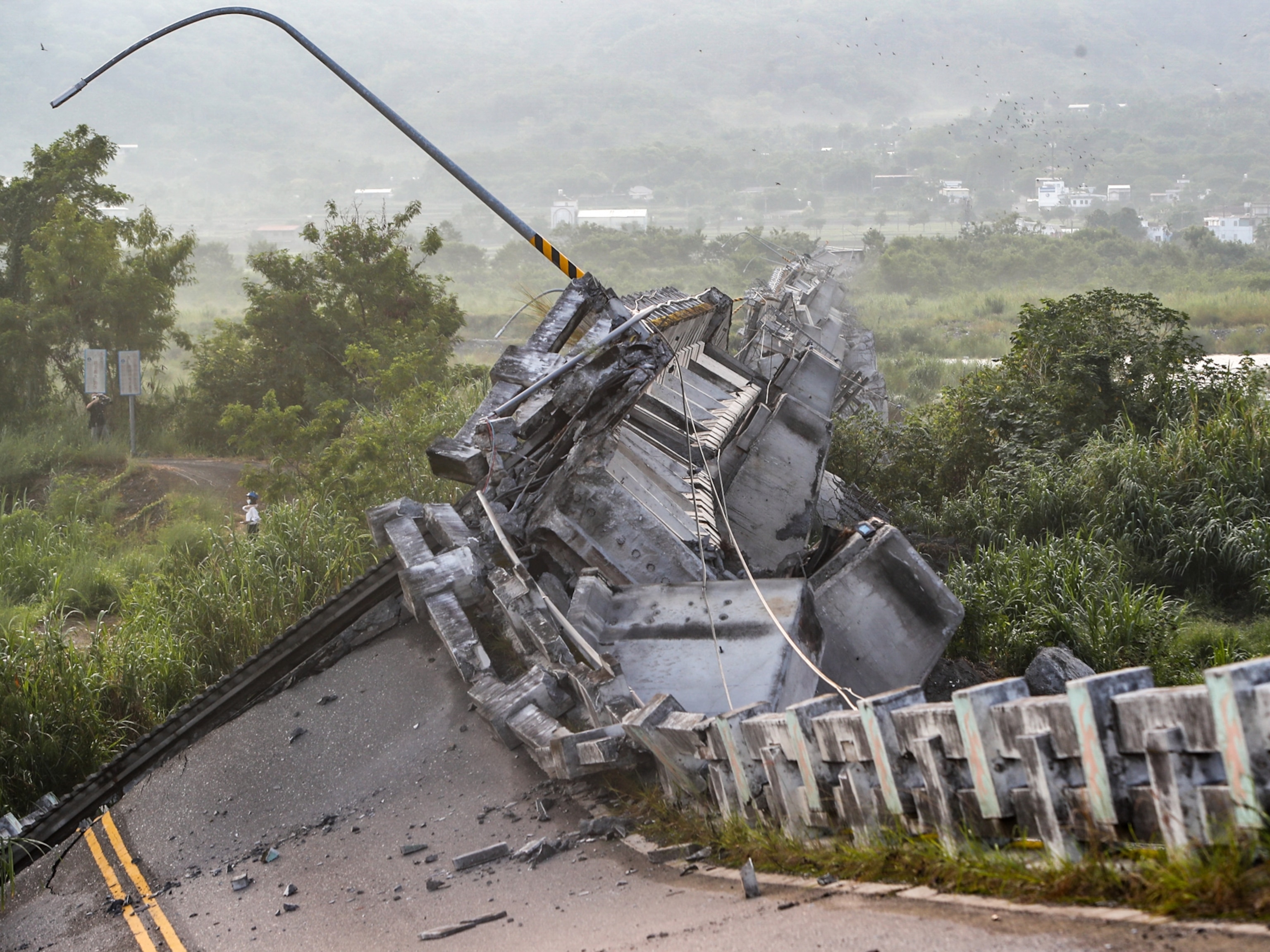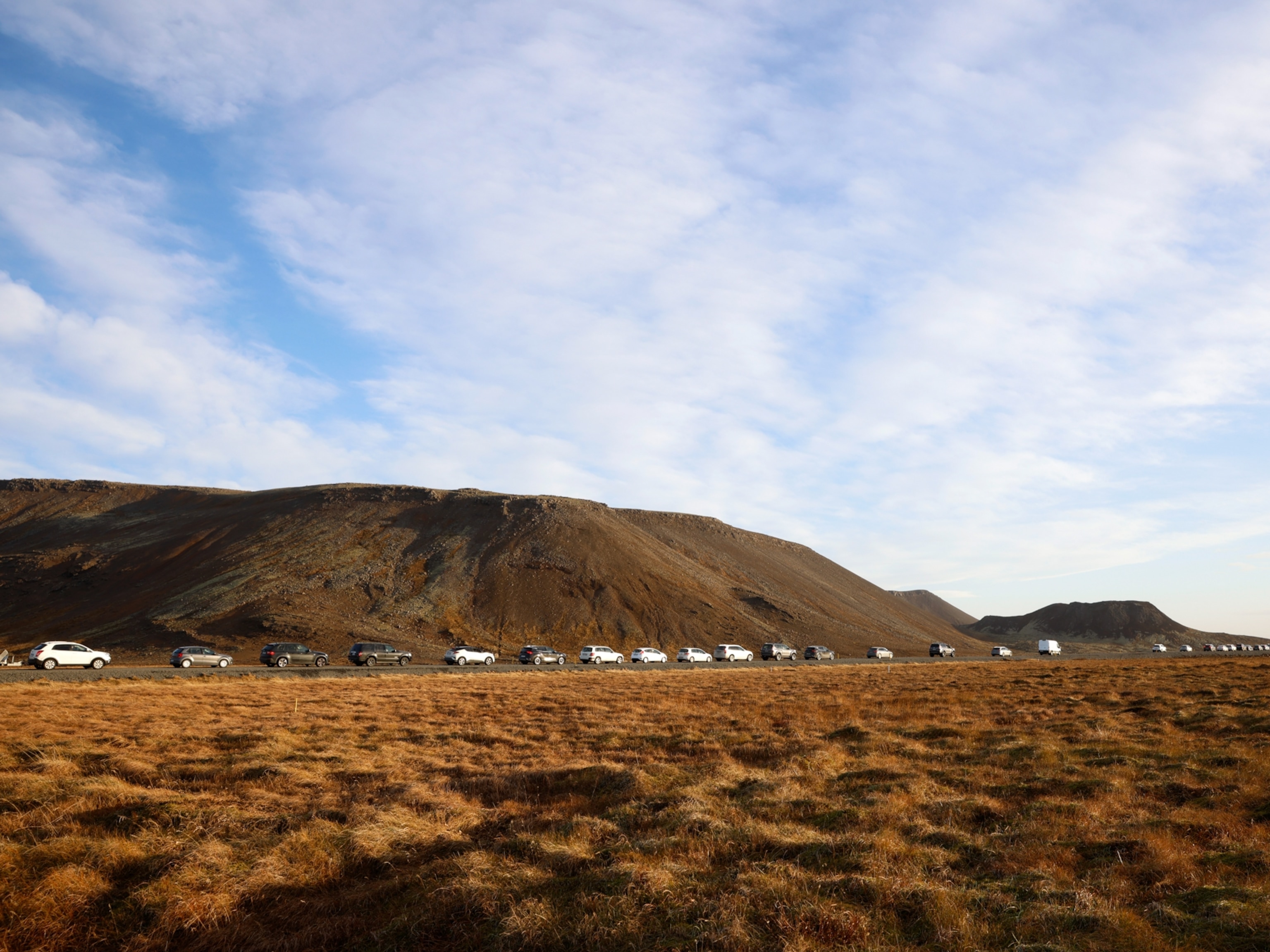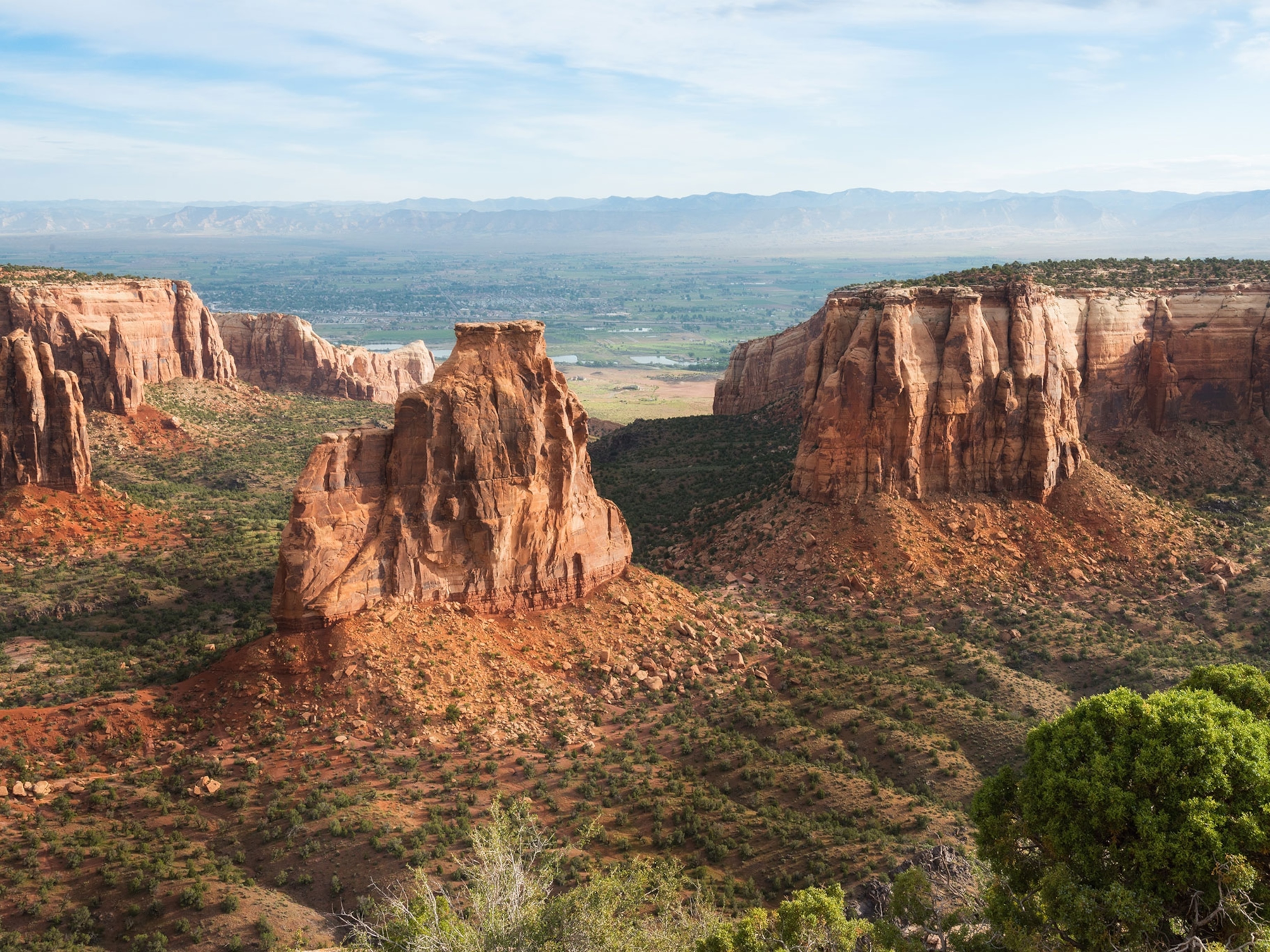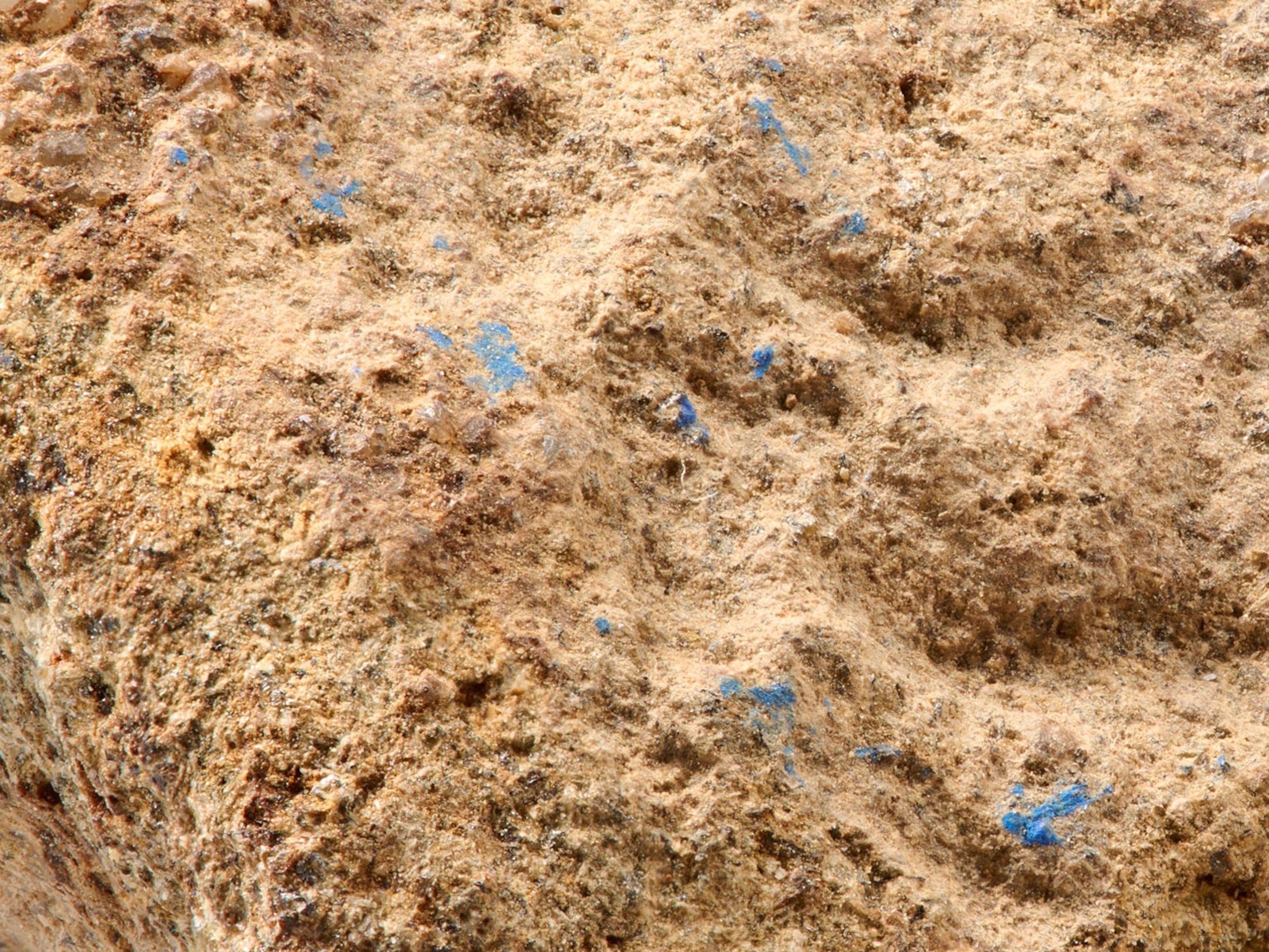Drivers Worry the End of Utah Salt Flat Racing is Near
Cancellations of Speed Week two years in a row raise concerns about the health of the salt flats.
Racers who want to drive as fast as they can across Utah’s Bonneville Salt Flats might have to wait until next year to slake their need for speed.
The annual Speed Week land races on the flats have been canceled for the second year in a row.
With long, thick stretches of salt to speed over, the flats draw drivers seeking to reach speeds of over 600 miles per hour (966 kilometers per hour). Torrential rains last year and late spring rains followed by cooler temperatures this year led to the cancellations.
Land speed racers are worried that this could be the beginning of the end of races on the Bonneville Salt Flats.
“I’ve been going to the salt since I was 3 years old,” says Bill Lattin, president of the Southern California Timing Association, which runs Speed Week. “And I’ve seen the salt get bad, I’ve seen it get good … We had 20 years with no problems, and just in the past, I don’t know, three to five years it seems like it’s been getting bad again.”
This isn’t the first time concerns have been raised about the salt flats thinning: Between 1960 and 1988, the U.S. Geological Survey estimated that 55 million tons of salt disappeared from the crust, thinning it by one and a half feet.
But the precise cause of these changes to the salt remains mysterious: It could be a sign that, after millennia, the Bonneville Salt Flats have started deteriorating, but it could also simply reflect normal shifts in this ethereal environment.
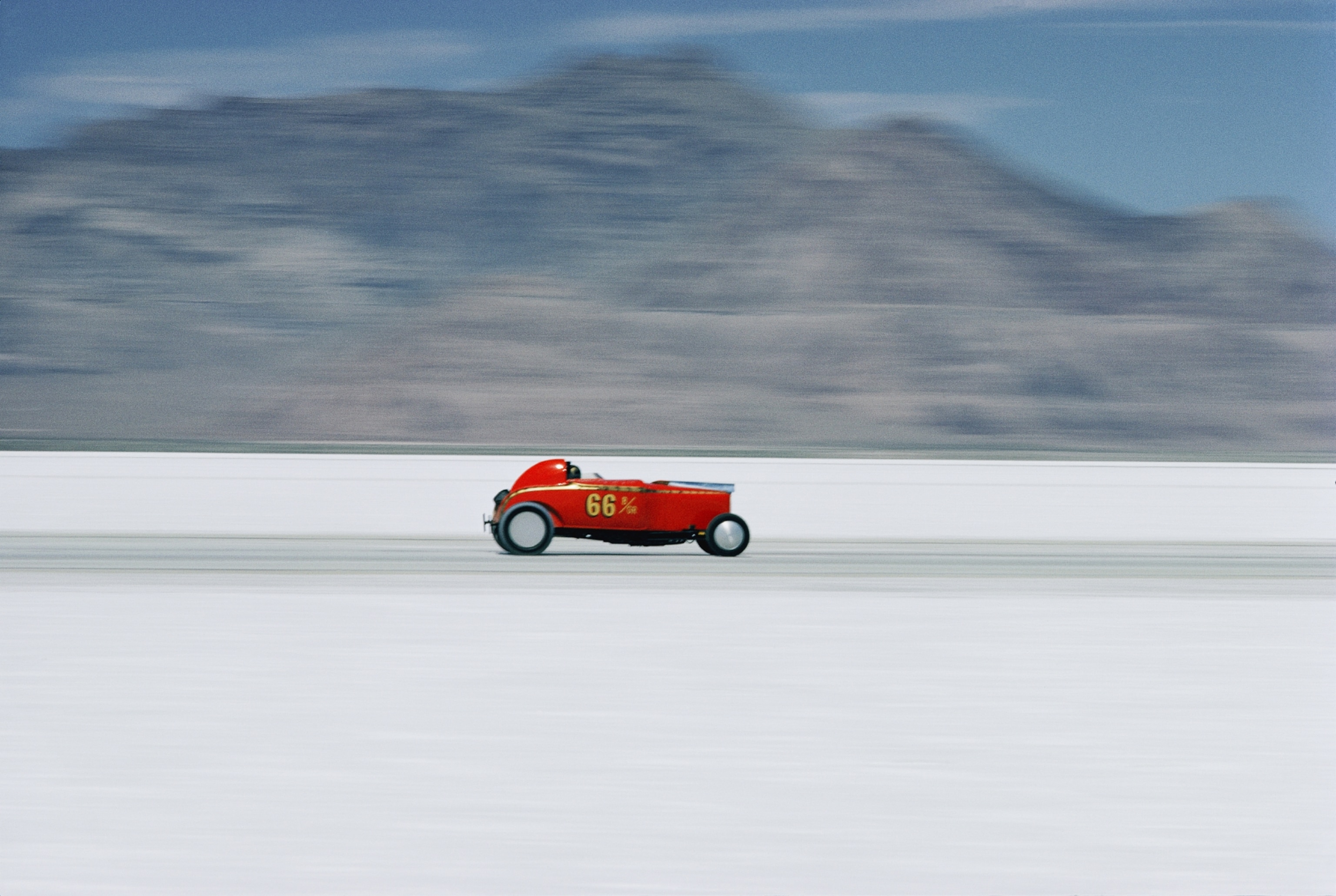
Who Is to Blame?
When the massive lake covering a chunk of Utah slowly dried at the end of the last ice age, it concentrated minerals in its dwindling supply of water and left behind a glittering expanse of salt to the west of Salt Lake City. The flats are fed by a shallow brine aquifer: Minerals percolate to the surface to harden into the salty crust. Each year that crust dissolves in the winter rains and re-hardens in the summer’s heat, regenerating year after year.
The stretch of flats at Bonneville have become a mecca for people who want their cars to go really, really fast. This year would have been the 101st anniversary of vehicles setting speed records on the expanse that Motor Age magazine called a “natural racecourse” in 1914. That year, driver Teddy Tetzlaff set an unofficial record of 142.8 miles per hour driving the Blitzen Benz. Speed Week itself began in 1949.
But people don’t want to just drive on the flats. For almost as long as people have been racing at Bonneville, others have been extracting the potassium dissolved in the shallow brine aquifer beneath the ground.
The company that currently runs the mining operation, Intrepid Potash, has made it clear that they return the salt—that is, the sodium chloride—back to the flats after extracting the potassium from it.
It may be an imperfect solution, though. “They’ve been trying to do what they could to replenish. But it’s still changing the system,” says Brenda Bowen, associate professor of geology and geophysics at the University of Utah.
Bowen says, though, it’s too soon to point fingers at the racers, the miners, or Mother Nature. “Changes in weather patterns, and changes in the amount of precipitation or temperature will have a profound effect on the salt crust,” Bowen says. “We can definitely expect to see some changes out there with climate change, and what those might look like? Well it’s hard to say.”
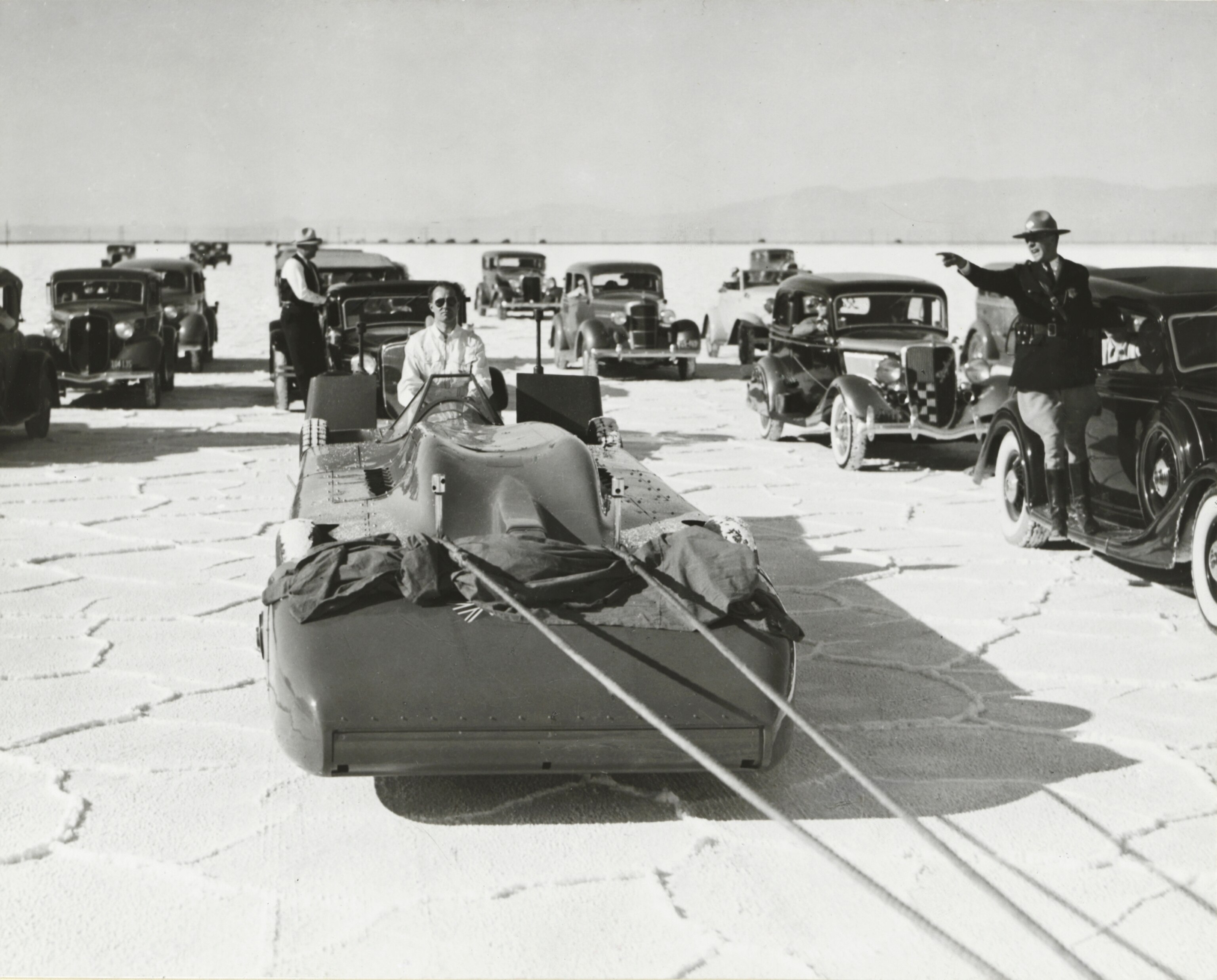
This October, Bowen will drill into the salt crust to extract cores across the expanse of the flats. This will tell her about the salt’s thickness and how it has changed over time. It’s part of a study mandated by the Bureau of Land Management and funded by the mining company.
She calls it her science project, and she’s trying to separate what to expect from normal wear and tear to the salt flats, and what could be being caused by humans.
“Assume there wasn’t racing, assume there wasn’t mining—would it be changing anyways?” she asks.
Races will Go On
The racing community, though disappointed, is resilient, and drivers hope their beloved salt flats are too. In the meantime, they’re holding speed trials this year on an airport runway in the Mojave desert.
“I’m hoping that people don’t give up. Because the salt will fix itself,” Lattin says, optimistically.
Bowen says that there are smart and sustainable ways to use the land, and that races will happen again—but they may not happen every year.
“Anytime you expect Nature to remain in one static way that suits your needs you’re going to be disappointed,” she says. “In earth systems, the only constant is change.”
Follow Rachel A. Becker on Twitter.


